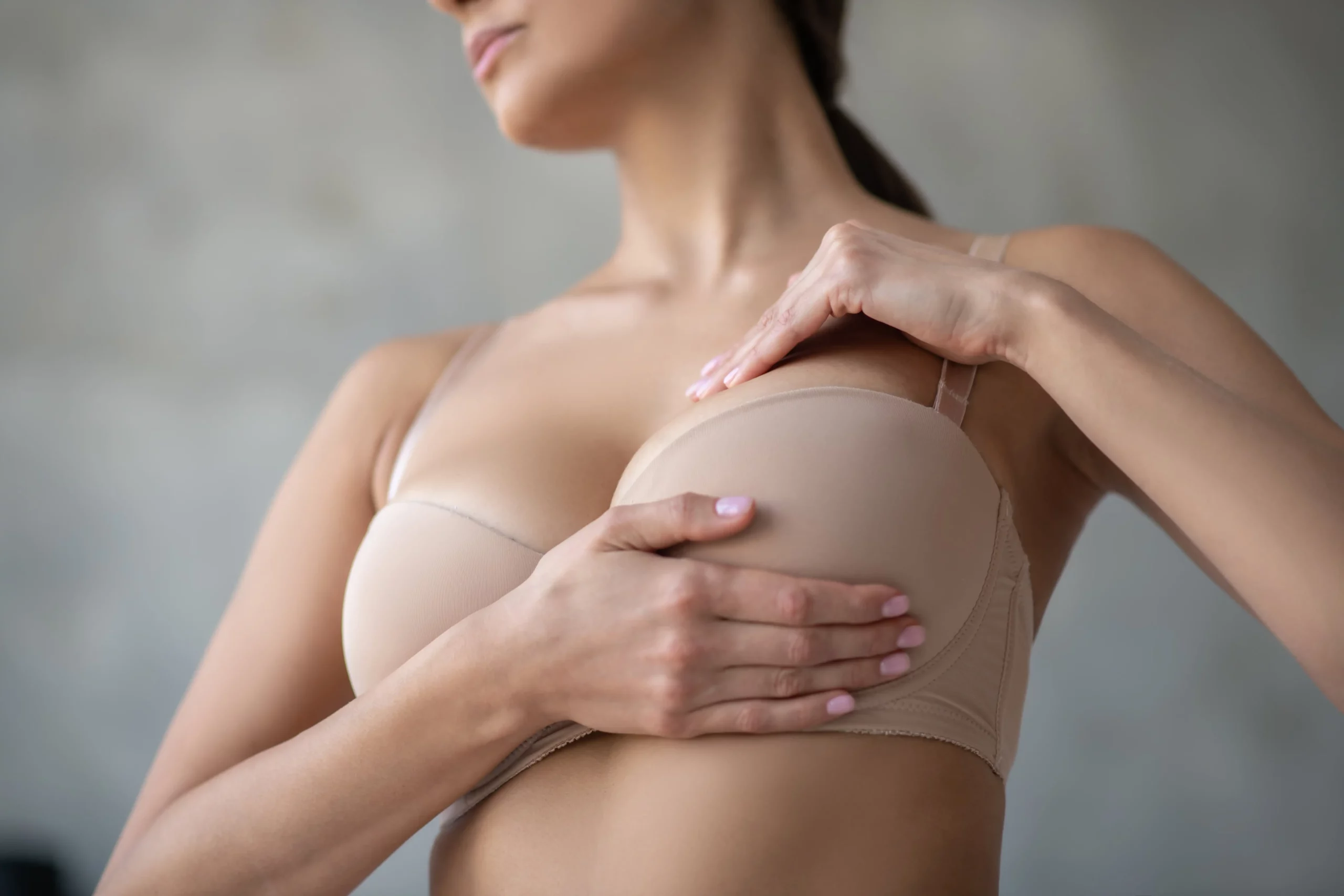Fat grafting, also known as fat transfer, is a cosmetic surgery involving removing fat from one area of your body and passing it to another. The goal is to transfer enough fat so that you look like you have more skin where the filler was inserted, but not so much that it seems unnatural or overly full.
Fat transfer can be done on any part of your body, but typically doctors recommend this procedure if they see areas where there isn’t enough skin or sagging tissue because it could lead to wrinkles over time.
What is fat transfer?
In a fat transfer procedure, fat is removed from one area of your body and injected into another. This procedure can fill in wrinkles, plump up lips, enhance breasts, or fill in scars. It has many different applications, but all involve the use of liposuction as well as some type of plastic surgery (typically microvascular) to remove some excess skin before reinserting new tissue.
The fat transfer process involves injecting an anesthetic into the area where you want your fat transferred (for example, thighs) and removing as much tissue surrounding that area. Hence, there’s room for more fat grafts later on down the line once all pre-treatment plans have been completed successfully.
Which areas can be treated with fat transfer?
Fat transfer can be used on any area of the body, but it is most often used for the face. A fat transfer procedure can also be performed on the breast, buttocks, hips, and thighs.
Fat transfers generally last between one and three years after you have had them done. The amount of time depends on how long your doctor has been treating you with injections or shots because each patient’s body responds differently to these procedures.
Fat grafting or fat transfer is the best option if you want to:
- Increase the size of your breast
- Get rid of facial lines and wrinkles.
- Get your face and neck revitalized.
- Obtain cheeks for a more pronounced mandible
- Create structure in the ankles and calves.
- Make bigger muscles, like the chest or triceps.
- Increase your buttocks’ volume
- Make your hip volume increase.
- Avoid having too many bow legs.
- Improve the look of your hands
- Obtain the most natural cosmetic procedure you can
- Experience no discomfort, no scarring, and get quick results
Who is a suitable candidate for fat transfer?
You should be a good candidate for fat transfer if you:
- Got excess skin or fat that needs to be removed from your body?
- We are considering cosmetic procedures such as liposuction and breast augmentation but cannot afford the high cost of surgery at this time. Fat grafting can provide quick results without the need for expensive surgery or implants, which may not work as well in some cases.
- Have you been dissatisfied with the way your body looks because of scars or wrinkles, especially if they appear in areas where people see you most often (i.e., the face)?
Fat grafts can help improve these issues by adding volume around these areas while also reducing existing wrinkles and scars so that they blend better with surrounding tissue when viewed from certain angles.
Is the procedure painful?
The procedure is usually painless, but some patients may experience mild discomfort or come to have bruises and swelling. You can take prescription pain medication before your appointment, which will usually be given to you at the time of transfer.
The fat grafting procedure typically lasts about an hour and will cause some bruising for several days afterward as well as swelling in some cases. Some patients may even experience a fever during this time due to the blood clotting factor being released from their bodies into the area where they received fat injections into their face muscles (called “fat grafting”). It is a normal reaction for many people who receive such procedures done by qualified professionals who know what they’re doing!
How long does the procedure take?
Fat transfer is a minimally invasive procedure, meaning that it does not require any incisions to be made. The doctor will use only local anesthesia to numb the area being treated. This is because the fat transfer has been shown to be safe and effective in patients with sensitive skin.
The procedure itself takes around an hour and requires no overnight stay at your doctor’s office or hospital bedside; however, some doctors may recommend waiting at least two days before resuming normal activities such as exercise or prolonged sitting upright after treatment. You should also avoid applying makeup until the area has healed completely—this will help prevent bleeding during healing time if necessary.
Typically, you should be able to return to your normal activities the next day after a fat transfer treatment. After the procedure, you’ll probably have some pain for a few weeks; however, most patients report feeling much better once they begin taking care of themselves (i.e., eating better).
How long does a fat transfer last?
Fat transfer is a permanent procedure that can last from 3 to 5 years. If you have been considering this procedure but haven’t done anything yet, now may be your chance!
The average time a fat transfer lasts depends on how large of an area you want to fill in and how long ago your doctor performed the procedure. Although fat grafting produces a range of effects, it can offer long-lasting improvement in the appropriate situations.
The body will naturally absorb some of the fat during the first six weeks after it is injected. Still, the fat that survives typically continues to exist, much like other living tissue in the body. Over the next six months, a small amount of fat may continue to resorb, but this is often not evident.
Set up a consultation with Dr. Grossman right away if you live in New York or believe you could be a suitable candidate for fat grafting or fat transfer. Contact us if you want to find out more about the procedure’s specifics.




